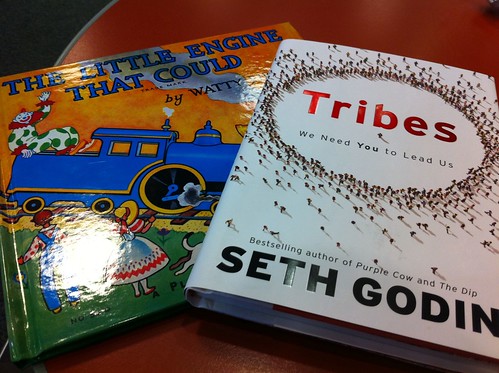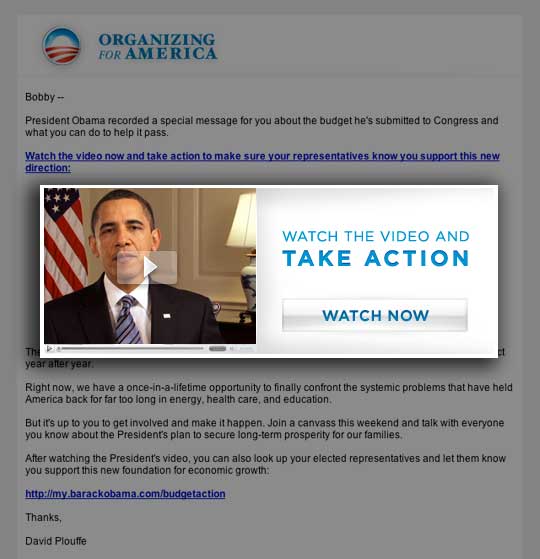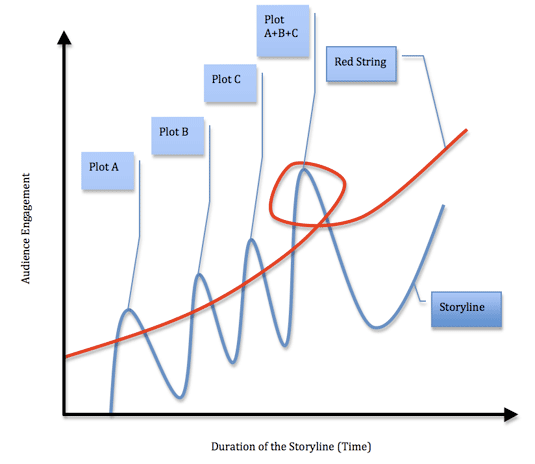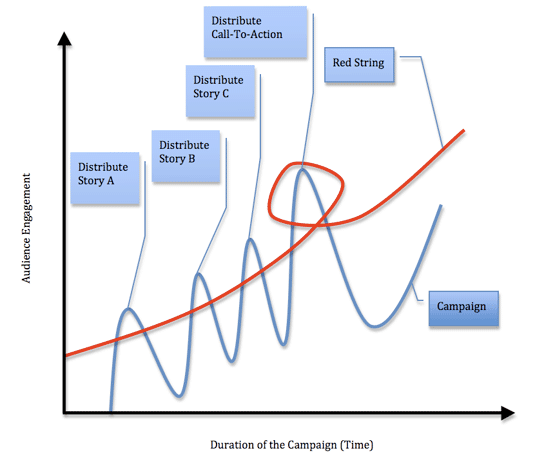Have you ever attended an event or a conference and been overwhelmed with the personalities in the room? Have you walked into a new place or situation, and been in a place where there are a lot of smart people talking, exchanging ideas, and not know where to fit in? I found myself in those situations more times than not.
I am an opinionated person, passionate about what I believe. I am also a person that has to understand and assess the audience before engaging in the conversation. Sometimes I need to remind myself to just listen and learn.
Recently I have walked out of meetings and thought to myself, I need to keep my big mouth shut. My passion can get the best of me, engaging in a conversation where I will debate a point because it is hard for me to see past my point-of-view. I am human, I think we all do this from time to time.
Listening is key. Really listening to the people we want to have healthy conversations with, regardless if it is a meeting, conference, group, dinner, or a public setting. Sometimes we have to learn how to pull out the big black clip and use it to shut our lips together. Then take time to listen and learn from others. I am the biggest victim of this issue…speaking when I should be listening.
We are surrounded by smart people. Our friends, family, clients, customers, colleagues, students…they are all smart people. We could learn a thing or two sometimes. We should learn to stop trying to interject into a conversation that does not need our noise anymore. I know my big ole lips can flap a conversation into complete bordum.
Why do we do this? Well, we want to be heard. Whether it is the fact we are control freaks, or we have a good idea…we want our ideas to resonate with others. We want to be perceived to be smart and innovative. Sometimes it is fear or insecurity that drives us to fill the void…driving a conversation to the painful point of no return.
We should just shut our mouth and just listen. It is ok. We will be heard at some point.
I noticed the last few days my mouth has communicated my passion a bit much. I am passionate…but maybe I should use my passion just to listen. I might learn a thing or two!
Have you felt this way before? Do you think listening is a better form of communication than talking?








